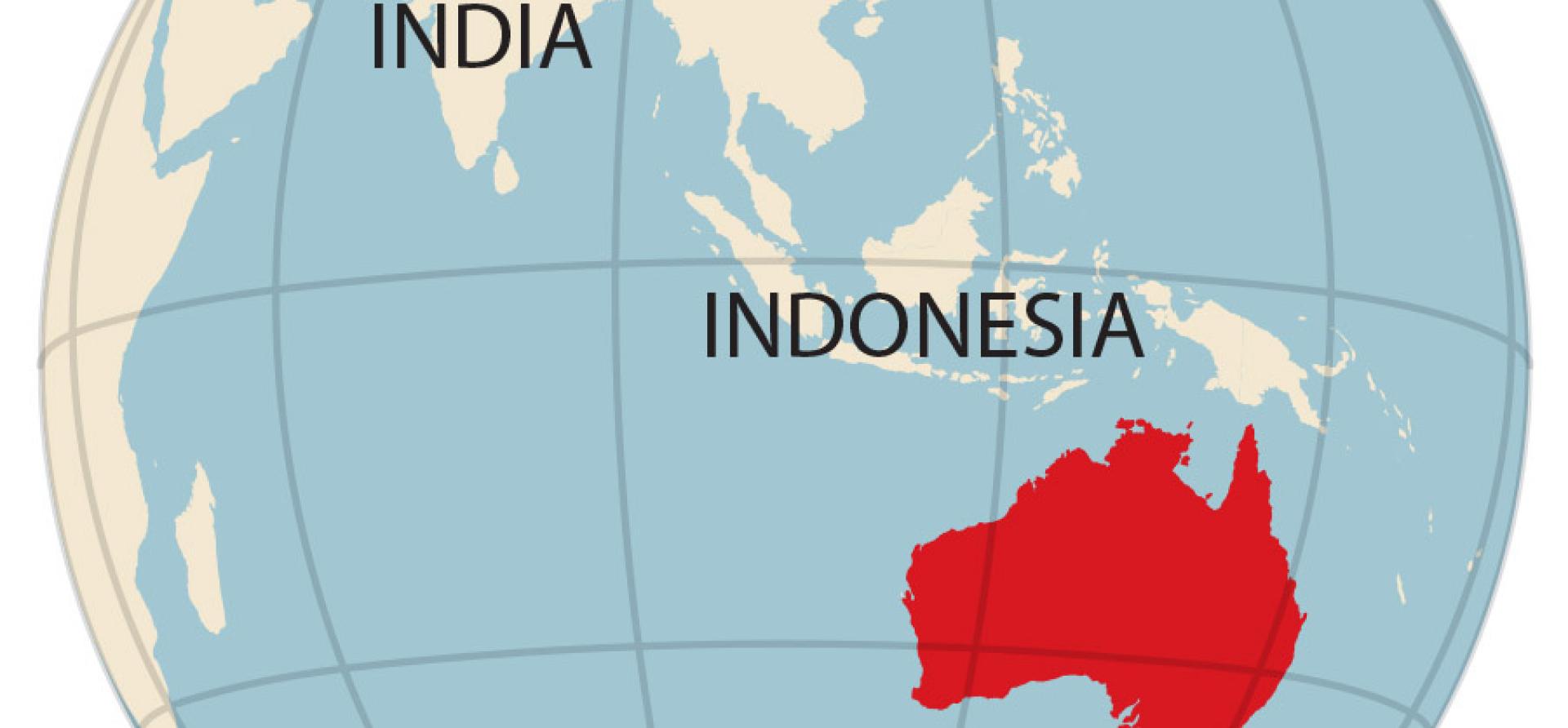IEEFA Australia: Are we ready for a power grid without coal?

Are we ready for a power grid without coal?
Australia’s electricity grid still relies on coal-fired generation.
But with coal plants retiring and more renewables coming into the mix, that needs to change.
Liddell power station is closing in 2023, and Yallourn in 2028. The way things are going we should expect others to close before 2030.
Our coal-reliant grid does not like renewables
Fortunately, there is enough renewable energy, battery storage and, if required, gas generation to fill the void of coal’s departure. No need to bring in the army.
But there is another problem.
Our coal-reliant grid does not like renewables.
The grid likes coal because it brings inertia into the mix from heavy spinning coal generators that ramp up or down slowly to cover off any outages.
Renewables do not have inertia but are crowding coal out of the grid simply because renewable energy supplies are cheaper than dirty old expensive coal.
More renewables means less inertia and a less stable grid. In layman’s terms, more blackouts.
As more coal plants retire, inertia will permanently decrease.
So, we need a new way to stabilise the grid.
Government is aware of this.
In 2017, the COAG-created Energy Security Board (ESB) was created. Their job is to get the national electricity market ready for the renewable energy future.
The ESB is talking to regulatory bodies, AEMO and industry stakeholders to create a plan for the post 2025 energy market.
In that plan, they are also looking at the grid.
But instead of banking on a coal-free future (all indicators point to this), the grid they’re imagining relies on at least some coal remaining.
New emerging technologies are providing new possibilities for grid stability
Not only that, they’re providing incentives for coal generators to continue, to keep some inertia in the grid and hopefully avoid the politically damaging blackouts every government wants to avoid.
But is that the only way forward?
New emerging technologies are providing new possibilities for grid stability without inertia.
Grid-forming inverters and fast-frequency-response control systems are now being built into renewable sources and batteries allowing them to help stabilise the grid, without any inertia.
The ESB has recognised this and is now blending the two – old and new tech together – to create a hybrid fossil-fuelled / renewable powered grid to meet our needs.
It looks like this hybrid grid is going to be an awkward but unavoidable phase in the rocky road of the current energy transition for say, the next 20 years.
But what happens after that?
As coal exits the building, the electricity grid will eventually have to give way to a zero-inertia digitally-controlled system, powered by 100% renewables. Then it will get easier again.
The current ESB plans are necessarily devising ways to keep the grid operating along the rocky road of the transition.
But are they looking far enough ahead?
This is not a unique proposition to Australia
What will be needed, and what won’t be needed, at the other end of the transition? It is not entirely clear where the rocky road ends.
Inevitably, agencies and energy planners must contemplate a future framework that does not rely on traditional inertia for grid security. It simply won’t be there anymore.
This is not a unique proposition to Australia. Power systems in the U.S., Europe and elsewhere are also scrambling to deal with this situation.
The next-generation grid, at the other end of the transition, should be a substantially re-designed grid that operates very differently to the current or even hybrid grid.
There are many possibilities.
It could be broken up into parts to address location specific features, and then inter-connected to form a NEM-wide patchwork of sub-grids.
This could be overlayed with a ubiquitous digital communications network, with a combination of real-time edge-of-grid control at the local level and broad system-wide control at the national level.
The next generation power system – a system powered entirely by renewables
Or it could be reimagined as something other than this.
One thing for sure, the grid of the future will be distributed and digitalised, and not dependent on inertia.
It is good to see planning and reforms being developed now to get us through the next 20 years.
But any grid investments made along the way must be compatible with the next generation power system – a system powered entirely by renewables.
Dr Tim Finnigan is an independent consultant and guest contributor to the Institute for Energy Economics and Financial Analysis.
This commentary first appeared in RenewEconomy.
Related articles:
-
Preparing the grid for a future without coal, blackouts or emissions
-
Energy Security Board reforms need to be ambitious to secure a low emissions future














